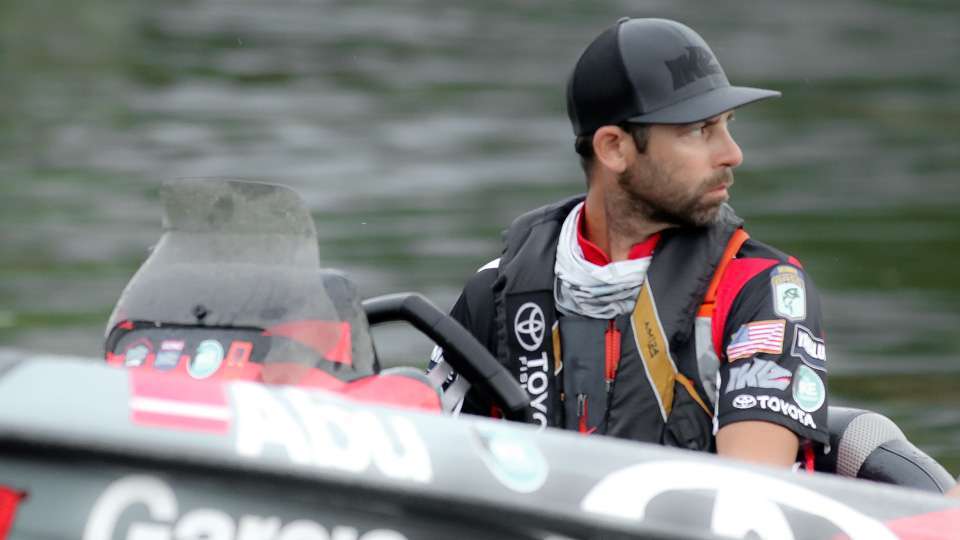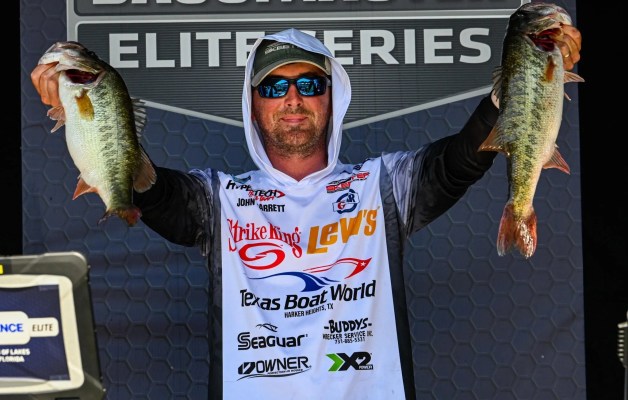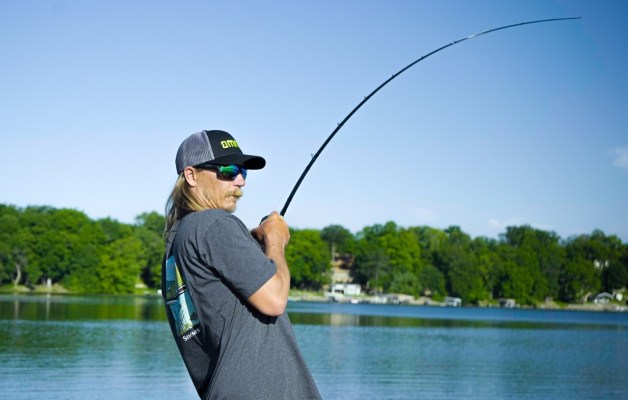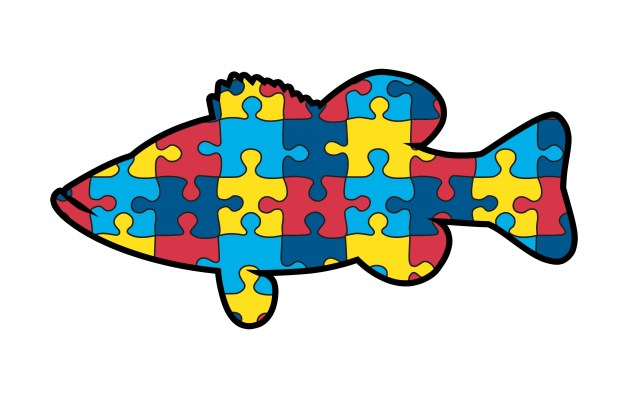
I’ve been bass fishing professionally for over 20 years. I’ve never seen as many bass boats and local tournaments on the water as I have over the past few years. The explosion in bass fishing is a good thing overall because it has made our sport stronger, but it has also created an issue that we all better learn to deal with — pressure.
I have three basic ways I do that:
Go finesse
I know that you’ll occasionally hear someone say that giant baits are unusual and that they help with the pressure issue. That may be true sometimes but day in and day out if you downsize you’ll do better.
When I say downsize, or use the term finesse, I’m not talking just about your lure. There’s more to it than that. It’s also about slowing down and using light tackle. You might be surprised at the difference it makes to go from a 1/2-ounce spinnerbait down to a 1/4-ounce, and then dropping down your blade size two or three notches. The same thing is true about light lines. Sometimes they’ll make a big difference in the bite.
The approach I’m talking about here isn’t just for clear, shallow water, either. I use it all the time in heavily stained situations and at depths down to 20 feet, and sometimes deeper than that.
Look for a reaction bite
When the pressure gets really heavy I sometimes speed up my lures. I want an instant reaction from a predator. This is not about them eating. It’s about their natural lifestyle, what they do to stay alive.
You’ll often see anglers pitching into water that’s less than 2 feet deep. You’d think that a 3/8-ounce sinker would be plenty for that depth. But if you look closely you’ll see some of them using a full 1-ounce weight.
They don’t need that much weight to get their bait down to the bass or to make accurate pitches. What they do need is a ROF (rate of fall) that’s so fast the bass can’t see or “think” about what he or she is going to do. They just strike out because that’s what they are all about. It’s what they are.
Cranking super fast horizontally will do the same thing.
Get away from it
I’ve saved this tip for last because it’s not as simple or as easy to do, and it’s not always possible. But when it is it’s frequently the best way to deal with the issue, especially if the pressure is really, really heavy or when it comes from really, really good anglers.
I did this when I won the 2003 Bassmaster Classic on the Louisiana Delta. I ran 2 1/2 hours each way to fish my spot. There were places closer that I thought might have more bass, maybe even bigger ones, but the pressure on them was so intense that I figured I could do better a ways away. It’s not always about what’s there. Sometimes it’s about what you can catch.
If you want to see this unfold in realtime, watch all the action at the 2018 Bass Pro Shops Bassmaster Elite at Sabine River presented by Econo Lodge. You’ll see runs that are unbelievably long. Some of the guys will only have an hour or two to actually fish, and they might have to buy gas two or three times to make their runs.
They won’t do that because they’ve found the motherlode of giant bass or because they like to ride in their boats. They’ll do it because they want to fish for bass that aren’t feeling any pressure.
To be honest with you, that won’t be me. I have a different plan. Nevertheless, it’s one way to beat the issues associated with pressured bass that we’re going to face down there. And, it just might be the winning option.
Don’t let pressure from other anglers ruin your day of fishing. Make adjustments that’ll make a difference.
Mike Iaconelli’s column appears weekly on Bassmaster.com. You can also find him on Facebook and Twitter or visit his website at, mikeiaconelli.com.





